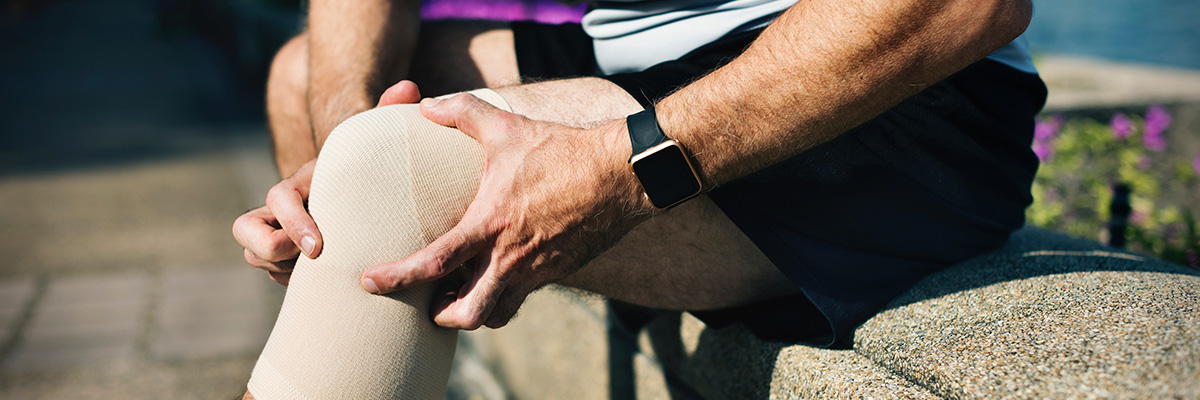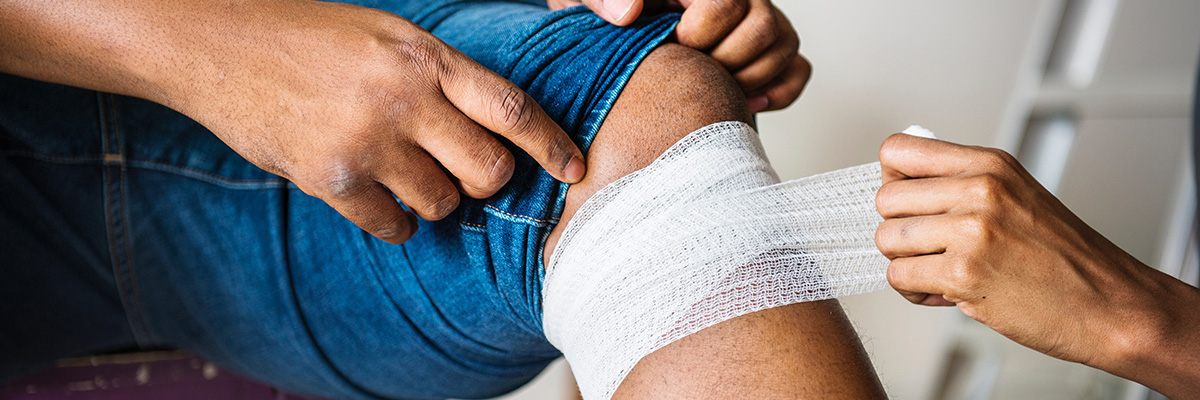CATEGORY meniscus
Biomechanical Analysis of Posterior Segmental Medial Meniscal Transplantation in a Human Cadaveric Model
Both segmental and full transplantation restored extrusion to near-normal levels, with segmental transplantation offering a less invasive alternative in appropriate cases.
Read moreWhich modality is most accurate in sizing meniscal allografts for transplant - A systematic review
Sizing of meniscal allografts is paramount for successful MAT.
Read moreTwo-Year Patient-Reported Outcomes Are Predictive of Mid- and Long-term Outcomes After Meniscal Allograft Transplantation
Significant correlations were seen between short-term PROs and mid- to long-term PROs following MAT.
Read moreOsteochondral Allograft Transplantation With Concomitant Meniscal Allograft Transplantation Improves Clinical Outcomes and Yields High Patient Satisfaction: A Systematic Review
MAT performed concomitantly with OCA transplantation results in failure rates similar to those reported in isolated procedures
Read moreLow Rates of 30-Day Postoperative Complications After Meniscal Allograft Transplantation: A Retrospective Study Using the National Surgical Quality Improvement Program Database
A recent study shows that meniscus allograft transplantation (MAT) is an effective treatment option for patients experiencing meniscal deficiency symptoms, with a low 30-day complication rate of 2.8%.
Read moreNo Differences in 2-Year Reoperation Rates for Meniscus Allograft Transplant With Concomitant Cartilage Restoration or Osteotomy: A National Database Study
The goal of this study was to use a national insurance claims database to determine reoperation rates following MAT, both with and without concomitant procedures.
Read moreSegmental Meniscus Allograft Transplantation
Segmental meniscus allograft transplantations may offer the advantage of a robust repair by both maintaining knee biomechanics and biology while maximizing preservation of native meniscal tissue.
Read moreRadiographic Methods Are as Accurate as Magnetic Resonance Imaging for Graft Sizing Before Lateral Meniscal Transplantation
This papers shows that the Yoon modification to the Pollard method showed better results than the Pollard method alone, and was not statistically different from that of MRI.
Read moreLong-term Outcomes and Survivorship of Fresh-Frozen Meniscal Allograft Transplant With Soft Tissue Fixation: Minimum 10-Year Follow-up Study
Meniscal allograft transplant (MAT) is considered an effective procedure for reducing pain and improving knee function.
Read moreEditorial Commentary: Comparing Medial and Lateral Meniscal Root Tears Is Like Comparing Apples and Oranges
This paper shows that comparing medial and lateral meniscal root outcomes, surgeons are clearly comparing apples and oranges or, maybe better stated, comparing young athletes and older sedentary patients.
Read moreFailure of Meniscus Allograft Transplantation
In select patients with an initial functional improvement following MAT prior to subsequent failure, RMAT may be indicated to alleviate pain and perhaps delay progression of osteoarthritis.
Read moreArticular Comorbidities in Revision Cartilage Surgery: Meniscal Allograft Transplantation and Realignment
Substantial evidence suggests that joint biomechanics can be optimized through the judicious use of realignment osteotomy or MAT, and creating an ideal environment is essential for effective and durable cartilage surgery.
Read moreMeniscal Allograft Transplantation: Indications, Techniques, Outcomes
Meniscal allograft transplantation (MAT) has become an acceptable surgical treatment for select symptomatic and relatively young patients with a meniscal deficiency.
Read moreOpen Meniscal Allograft Transplantation w/Transosseous Suture Fixation of Meniscal Body Decreases Meniscal Extrusion Rate
This study identified similar absolute extrusion and significantly lower postoperative lateral meniscal extrusion rates after open MAT compared with arthroscopic MAT.
Read moreMeniscus Allograft Transplantation: Indications, Techniques and Outcomes
There are three main fixation methods that can be used to fix a MAT: suture-only fixation, double plug fixation and the keyhole technique. All fixation methods have similar outcomes, meaning that despite the biomechanical differences, the selection of which method to use should be made on a case-by-case basis.
Read moreHigher Survivorship Following Meniscal Allograft Transplantation in Less Worn Knees Justifies Earlier Referral for Symptomatic Patients
Meniscal transplantation is clinically effective in treating patients with symptomatic meniscal deficiency.
Read moreLong-Term Survival Analysis and Outcomes of Meniscal Allograft Transplantation with Minimum 10-Year Follow-Up
MAT can yield good long-term survivorship rates of allografts remaining functional after 10 and 15 years.
Read moreMeniscal Allograft Transplantation in the Paediatric Population
MAT can improve function and reduce pain in the paediatric population, and is, therefore, a viable treatment option for the management of the symptomatic paediatric meniscal-deficient knee.
Read moreReturn to Sport Activity After Meniscal Allograft Transplantation: At What Level and at What Cost?
Physical activity after MAT appears possible, especially for low-impact sports.
Read moreMeniscal Allograft Transplantation: Effect of Cartilage Status on Survivorship & Clinical Outcome
To evaluate the survivorship and clinical outcomes of meniscal allograft transplantations (MAT) and determine the impact cartilage status may have on these outcomes. MAT has shown to be an effective surgical treatment with good survivorship and functional outcomes at medium to long term follow-up. Patients with lower grades of cartilage damage have better MAT survivorship but all patients benefit clinically.
Read more

